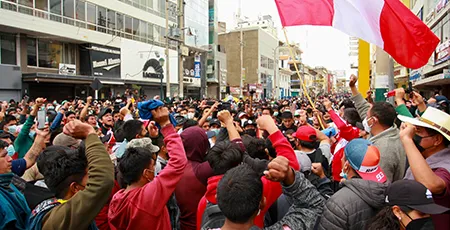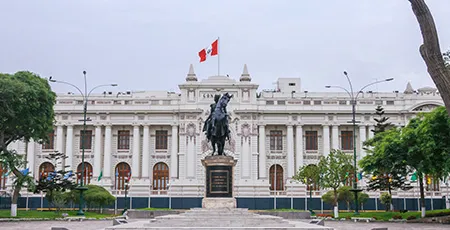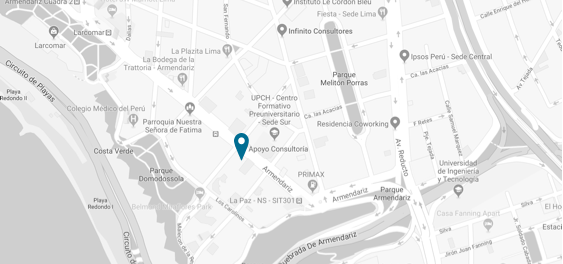The phase of slow economic recovery is beginning
José Carlos Saavedra, Partner and Principal Economist
The crisis generated by COVID-19 has had a severe impact that is already evident in the global economy. In the upcoming months, the recovery is expected to be slow and differentiated between world regions.
In Peru, the impact of mandatory social isolation measures and of restrictions for the operations of companies have significantly affected the economy, and mainly non- primary sectors that are more related to investment. In March, with the second half of the month under a quarantine, GDP fell by 16% according to the INEI, and we expect 30% drops in April and May. Altogether, between January and May 2020, the Peruvian economy will have fallen close to 15%, compared with the same period in 2019. In this context, companies have suffered a strong reduction in their revenues, and as a result, have been forced to cut spending, mainly in investment and payrolls.
Despite the strong fall in production levels and revenues, Peru’s financial conditions have not worsened. This is due mainly to the high level of global liquidity that has favored Peru thanks to its good macroeconomic balances, and the policy measures taken by the Peruvian central bank, the government, and the banking and private pension funds regulator.
So far this year, interest rates of sovereign bonds – the reference rate for long-term loans – have remained at low levels and pressure on the exchange rate (Soles per U.S. Dollar) has been limited. In fact, the country risk and pressure on the local currency have remained below the average of other countries in the region. Also, policy measures have injected liquidity to financial institutions and companies. As a result, the flow of corporate loans has not come to a halt, despite the economic downturn.
Although there are is still uncertainty about whether the crisis is under control or not, the economic reactivation phase has begun. With a recent regulation, the government authorized the operations of some activities that will allow a greater percentage of the population to work, particularly that of lower income.
Starting from June, production levels will begin to increase, in line with the formal and informal reopening of the economy, but the corresponding recovery pace will be slow.
To see the complete report, contact us: contactaSAE@apoyoconsultoria.com





